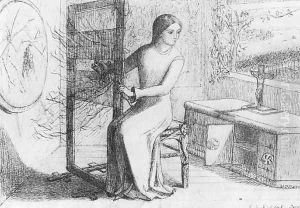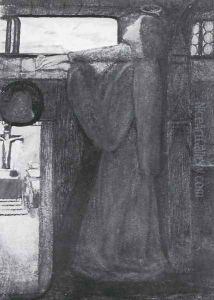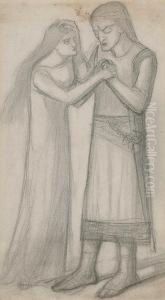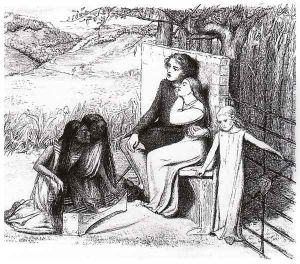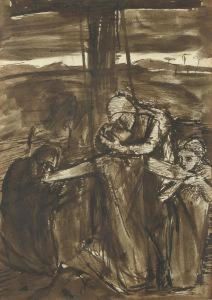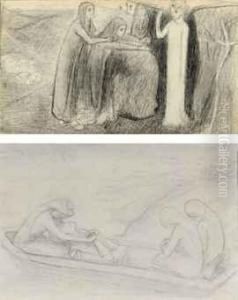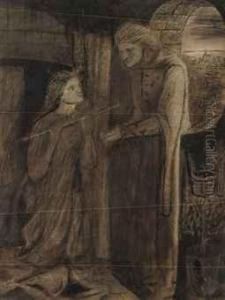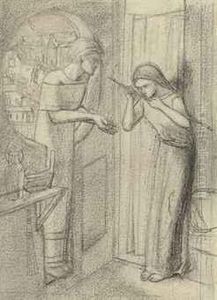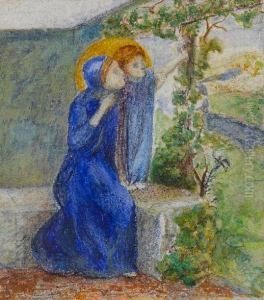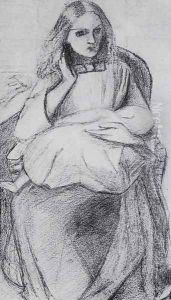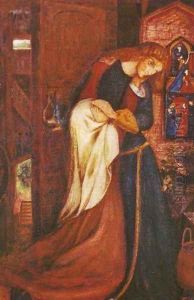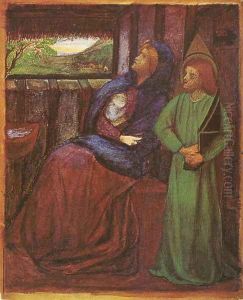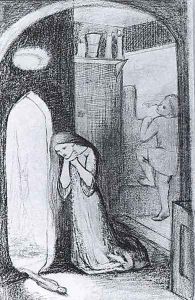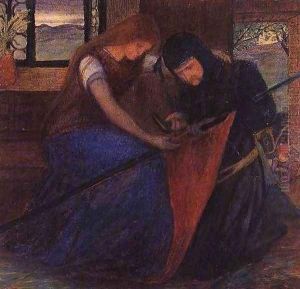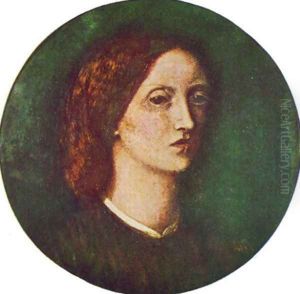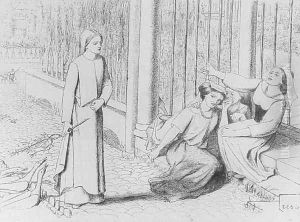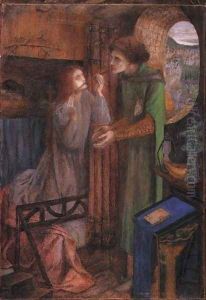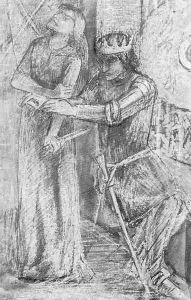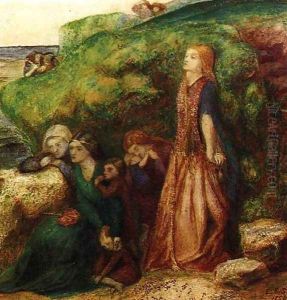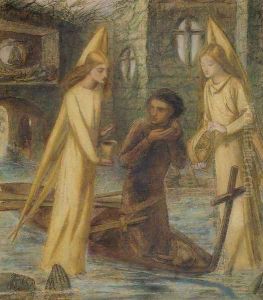Elizabeth Eleanor Siddal Paintings
Elizabeth Eleanor Siddal, better known as Lizzie Siddal, was an English artist, poet, and artists' model. Born on July 25, 1829, in London, to a family of English and Welsh descent, she became an important and influential figure in the Pre-Raphaelite Brotherhood, a group of English painters, poets, and critics, founded in 1848.
Lizzie Siddal was discovered by the artist Walter Deverell while working in a millinery shop in London, and she became the model for many of the Pre-Raphaelite artists, including Dante Gabriel Rossetti, who later became her husband. Her striking appearance, with her tall frame, coppery red hair, and ethereal beauty, made her the quintessential 'Pre-Raphaelite woman' and she appeared in many iconic paintings, such as 'Ophelia' by John Everett Millais.
Siddal's relationship with Rossetti was tumultuous and marked by ill health and addiction. Despite her fragile condition, she pursued her own artistic and poetic endeavors, producing a small body of work that was praised by her contemporaries. Her artistic style was heavily influenced by the Pre-Raphaelites, and she typically depicted themes of love, death, and betrayal.
Tragically, Siddal's life was cut short when she died of a laudanum overdose in 1862 at the age of 32. Her death was widely considered to be a suicide, stemming from her depression and possibly exacerbated by the stillbirth of her daughter and her troubled marriage. After her death, Rossetti, stricken by grief, buried his only manuscript of poems with her, which he later exhumed to publish them.
Lizzie Siddal's legacy endures in the art and poetry she left behind, as well as in the many representations of her in the works of the Pre-Raphaelites. Her life and work have continued to fascinate and inspire subsequent generations, making her an enduring symbol of the Pre-Raphaelite movement and a subject of interest in the realms of art history and Victorian studies.
